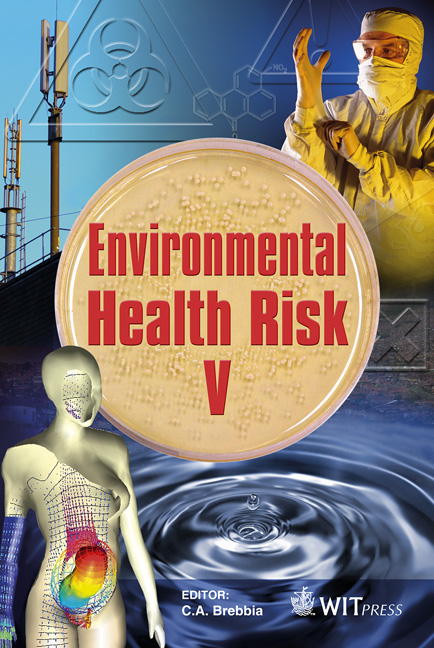Environmental Health Damage Factors Assessment In Brownfield Redevelopment
Price
Free (open access)
Transaction
Volume
14
Pages
8
Page Range
179 - 186
Published
2009
Size
300 kb
Paper DOI
10.2495/EHR090181
Copyright
WIT Press
Author(s)
L. Kliucininkas & D. Velykiene
Abstract
Due to the lack of definite studies associated with exposure to the various chemicals that are found at brownfield sites, risk and damage assessment seems to represent an important foundation in the development of effective environmental management of brownfields. In order to derive integrated indicators for brownfield environmental health damage assessment authors applied Eco-indicators 99 method. The study shows that damage oriented database for Life Cycle Impact Assessment (LCA) could be applied to estimate degree of potential damage on human health and ecosystems quality. The particular example on damage factors derived for contamination by heavy metals is presented. Due to the high complexity of the issue, authors have limited case to the local effects on human health and ecosystem quality, i.e. contamination by heavy metals causes two categories of damages: carcinogenic effects on human health and degradation of ecosystem quality caused by ecotoxic emissions. The paper presents the application of the emda (emission+damage) vector approach to the integrated assessment of environmental health damage of brownfield redevelopment. The emda vector comprises quantitative and qualitative characteristics, i.e. emission and damage factors. Each emda vector combines three components: emission-damage factors for soil, water and air. The study gives prerequisites for further development of environment health damage assessment method. Keywords: brownfields, human health, ecosystem quality, assessment of damage, emda vector.
Keywords
brownfields, human health, ecosystem quality, assessment of damage, emda vector





